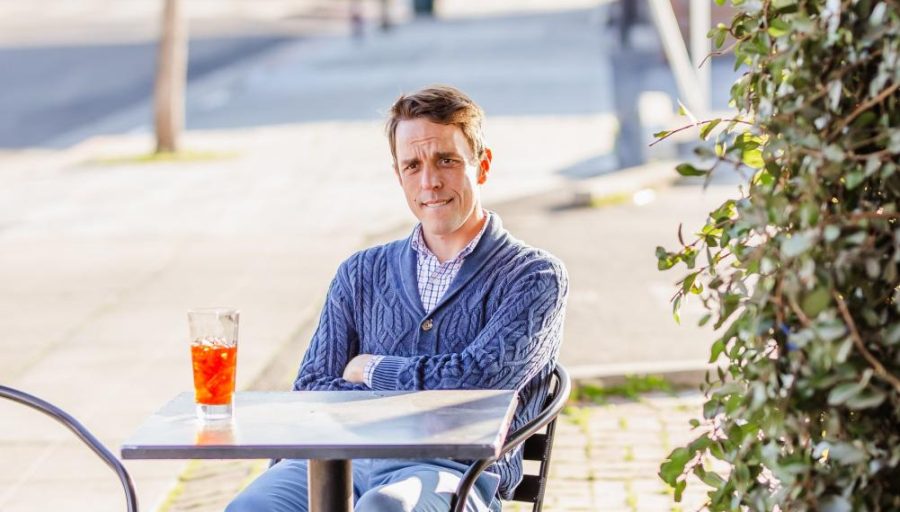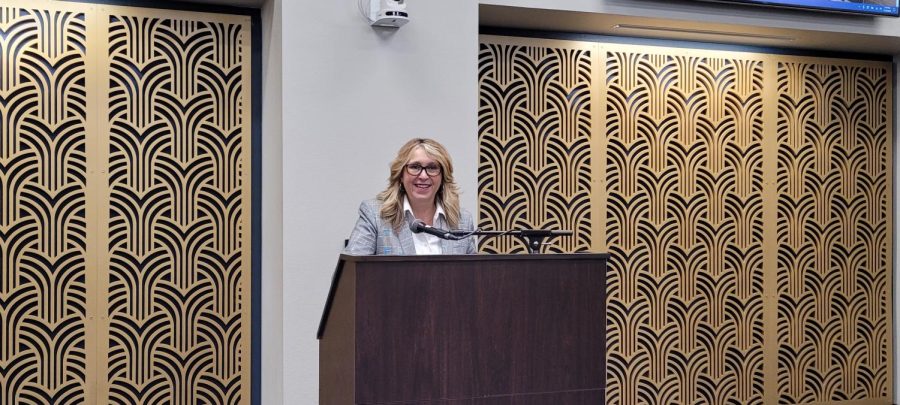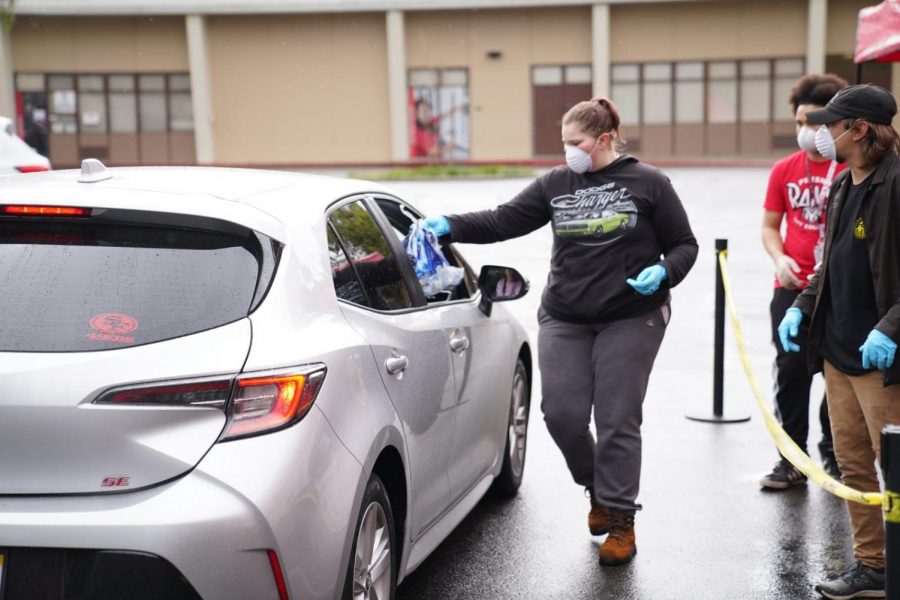Parking at Fresno City College has never been an easy endeavor. More than 22,000 students along with faculty and staff jockey to obtain one of the 2,739 campus parking spaces. To address this issue, the State Center Community College District’s 2012-2025 Master Plan proposes a parking structure and renovations to current parking lots.
Each center of SCCCD presented a list of proposed projects for this Master Plan. Before the items were presented for FCC, open forums were held to get the public opinion of the projects and what needed to be done. “Parking Improvements” is prioritized as number one on FCC’s list of propositions.
“We added a couple more forums to make sure that individuals had the opportunity to participate so the result of that priority was a result of those forums,” said FCC President Tony Cantu.
According to Cantu, the specific area of the parking structure is not set in stone yet. Discussions are taking place regarding where the structure could be placed and what might need to happen first. One of the possibilities is the parking lot E behind Carl’s Jr., west of McKinley.
To make any renovation project possible, parking or otherwise, a bond measure is needed. That bond measure details the project and allows residents to vote on whether or not that bond measure should be implemented.
“Generally speaking, if passed by the voters, it implements an increase in property taxes to pay for specific upgrades and improvements,” SCCCD Student Trustee Andersen said.
The entirety of these projects, though, is only possible if the city votes it through. Cantu said that it is unknown whether or not the community “would want to support something like that.”
As it stands now, the first step is to provide the SCCCD Board of Trustees a list of the college priorities and potentially recommend the priorities to the board after they have been seen.
“Then, when the board has its retreat at the end of the month, they make take that up and reprioritize that,” Cantu said.
With these projects in mind, the issue of cost also needs to be taken into account. Brian Speece, SCCCD associate vice chancellor for business and operations, says that working with ground space is 10 times cheaper than building a parking structure.
“[Parking structures are] very expensive,” Speece said. “They can cost up to $25,000 per stall.”
According to the master plan, “multiple levels could be constructed and it is estimated that approximately 700 cars could be added per level” of the parking structure. Assuming that the parking structure will have only two levels, the cost just appropriated by stall would amount to $35 million. Three levels would amount to $52.5 million.
Speece said that the first phase of the master plan calls for on-ground parking as well. On-ground parking, though, relies on having the land to do so.
“The problem is that we don’t have a lot of land around us,” Speece said.
Even with the land issue, $2,500 per stall is less expensive than building a structure. Taking the same number of spaces (leaving land out of it) and multiplying them by $2,500 results in 1,400 spaces costing $3.5 million and 2,100 spaces costing $5.25 million.
Currently, this master plan is still in the planning phase. According to Speece, the plan is more of “a hope and a dream for future expansion.”
There is still no estimate on how much money will even be asked for through the bond measure as full estimates have not been done. Those won’t be completed until votes come in and the potential bond has clear support from the community since the money would come from raising property taxes.
“How much do we think we can raise people’s taxes and get them to still support the bond?” Speece asked.
With the potential costs taken into account and necessary steps to produce the potential bond measure, have other solutions been thought of? Would rearranging the course schedule as a whole be effective in reducing the number of people on campus at certain times?
“We’ve looked at that and I think that’s why sometimes when we do early afternoon classes, they work,” Cantu said.
There are other issues to be taken into account if the schedule change is even an option. Student schedules are also factors. For instance, some students may only be able to come in the mornings.
“We have students that only come two days a week and that’s all they can do because they’re working and we have students that only come two days a week because of the distance that they have to drive,” Cantu said.
The change would be difficult, according to Cantu, due to the potential exclusion of groups of students by time changes. If the schedule changes to afternoon courses, the students that can only come in the morning are left out and vice versa.
“It’s a difficult issue,” said Cantu, “and in trying to mitigate one, you create another problem.”

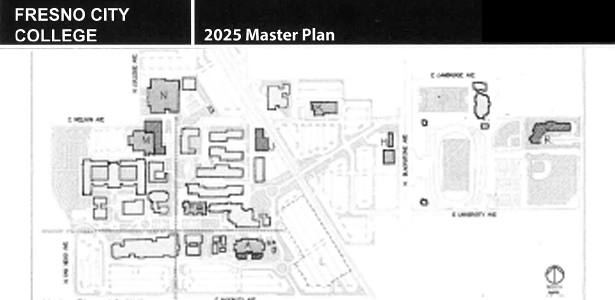
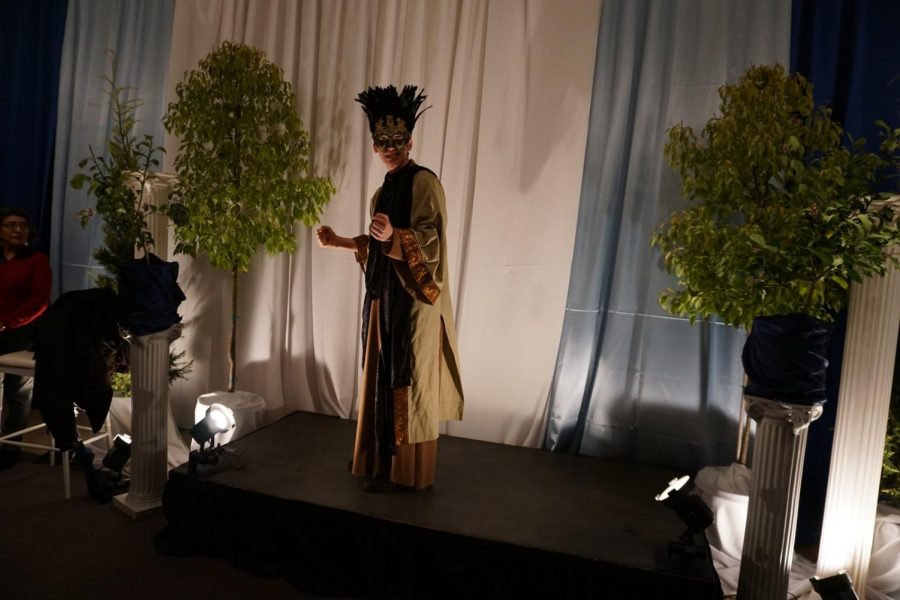
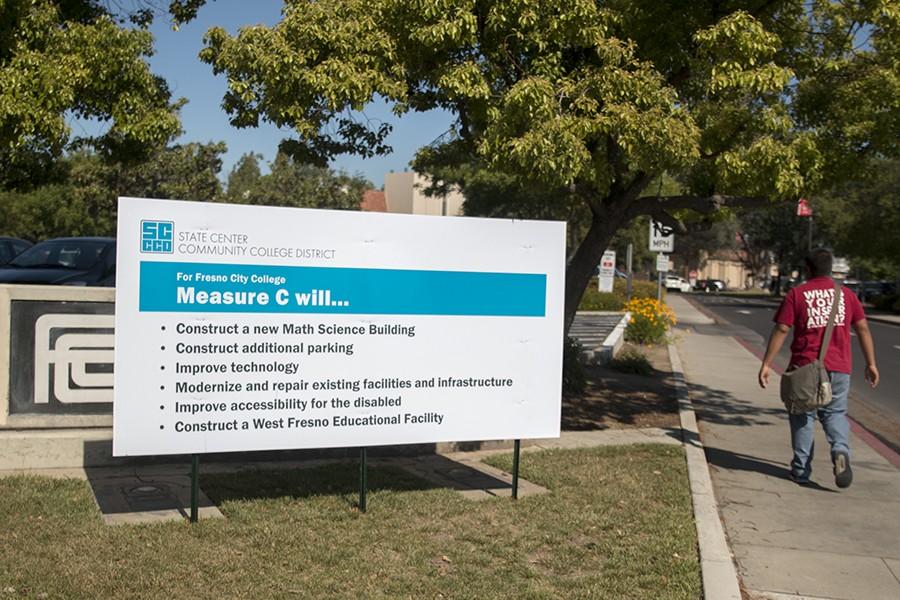
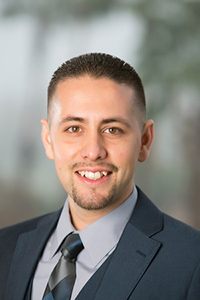
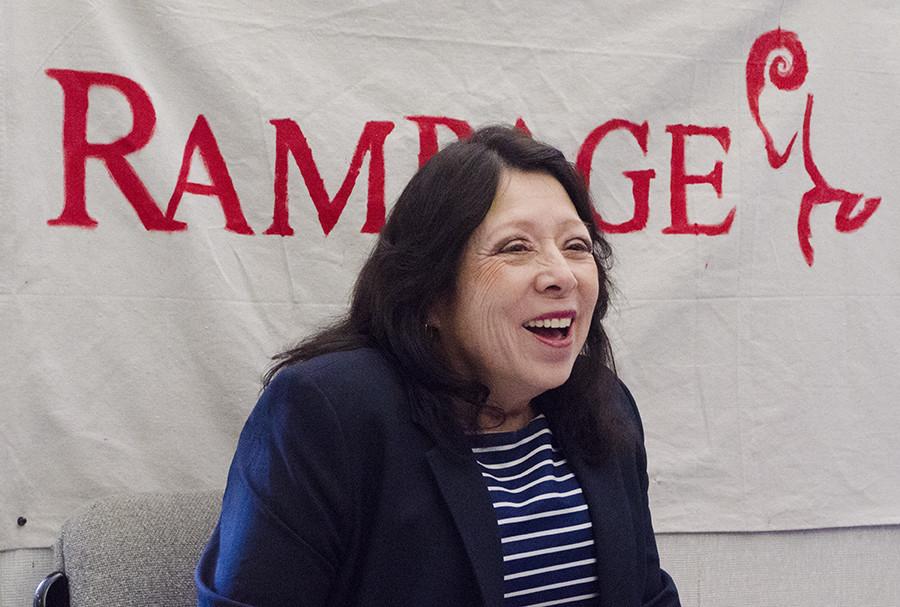
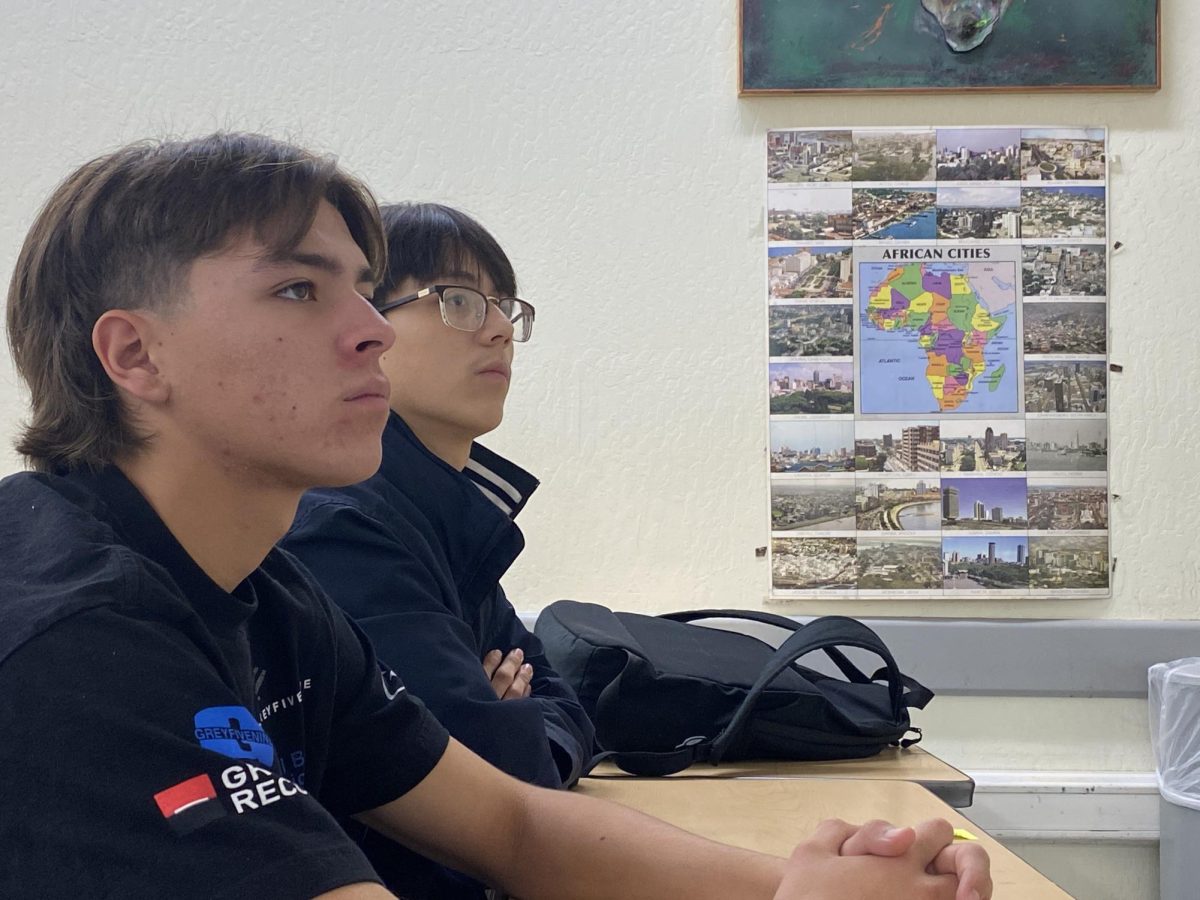
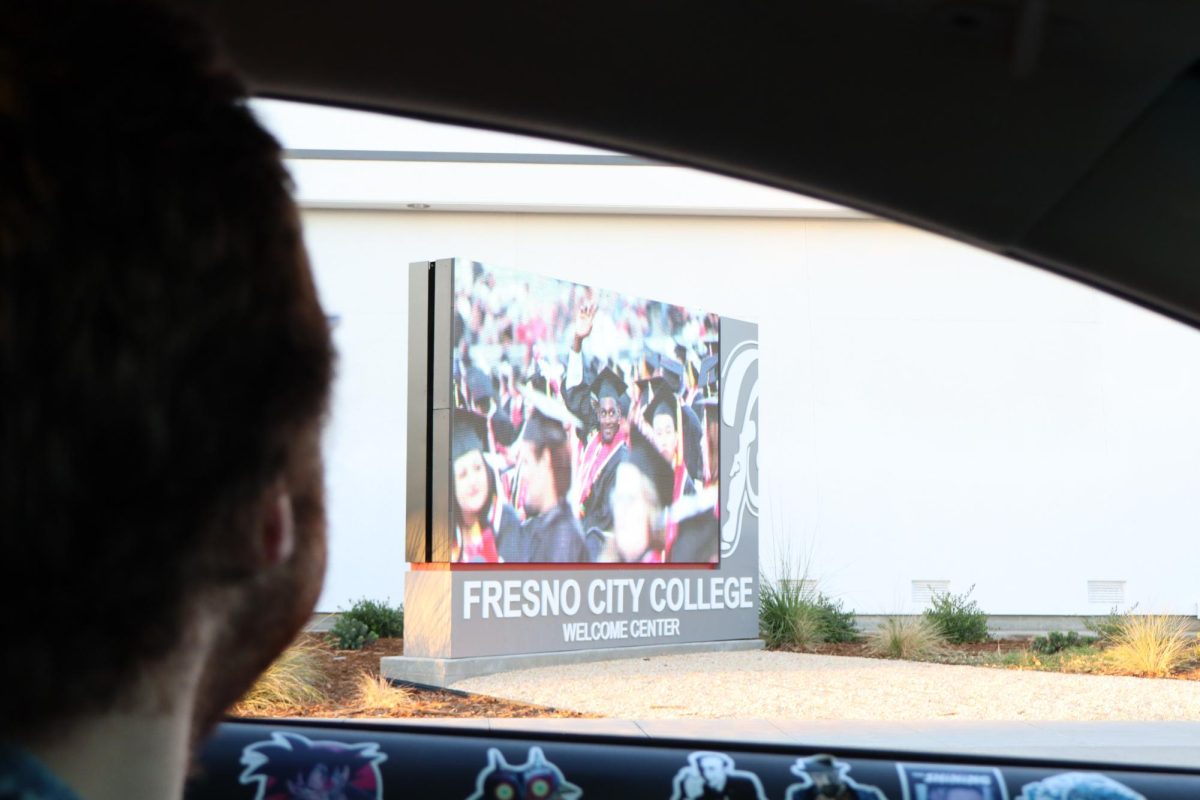
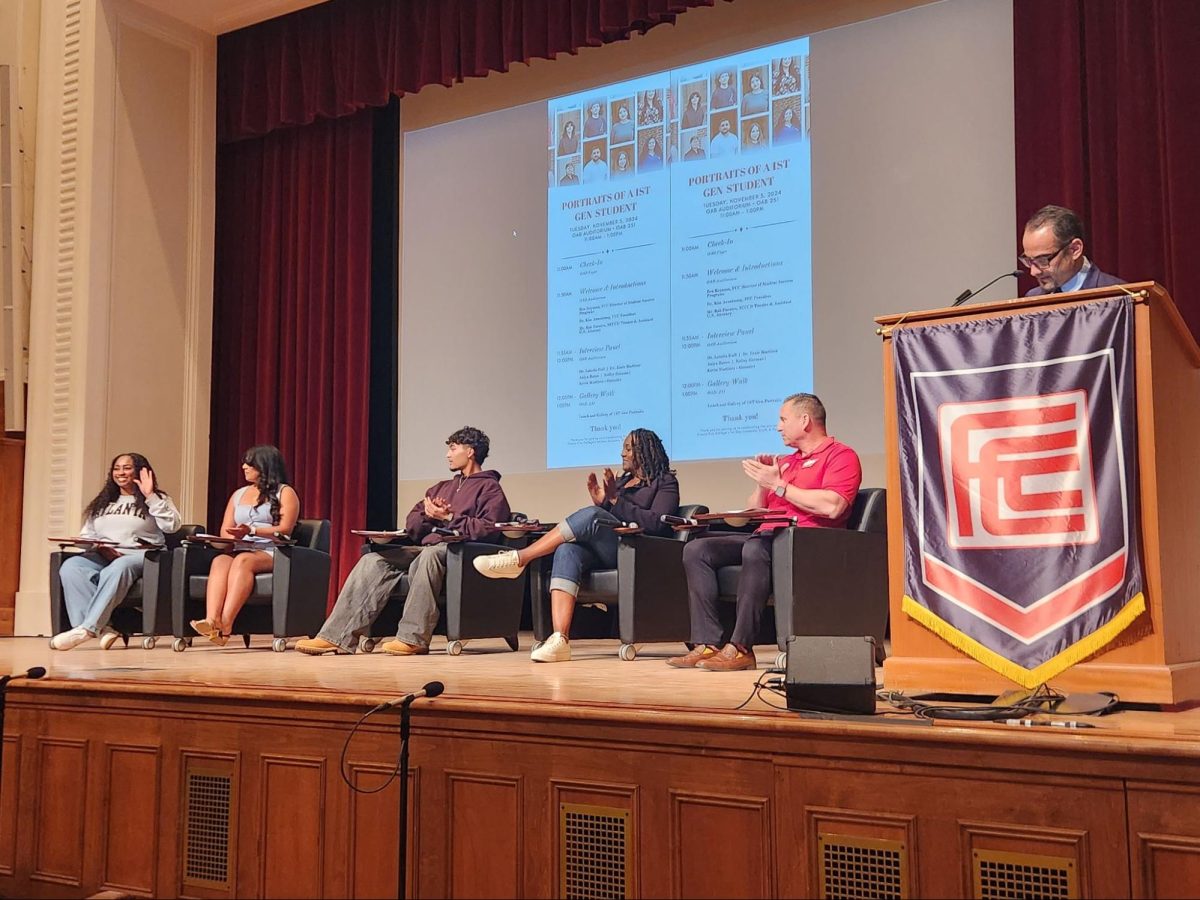
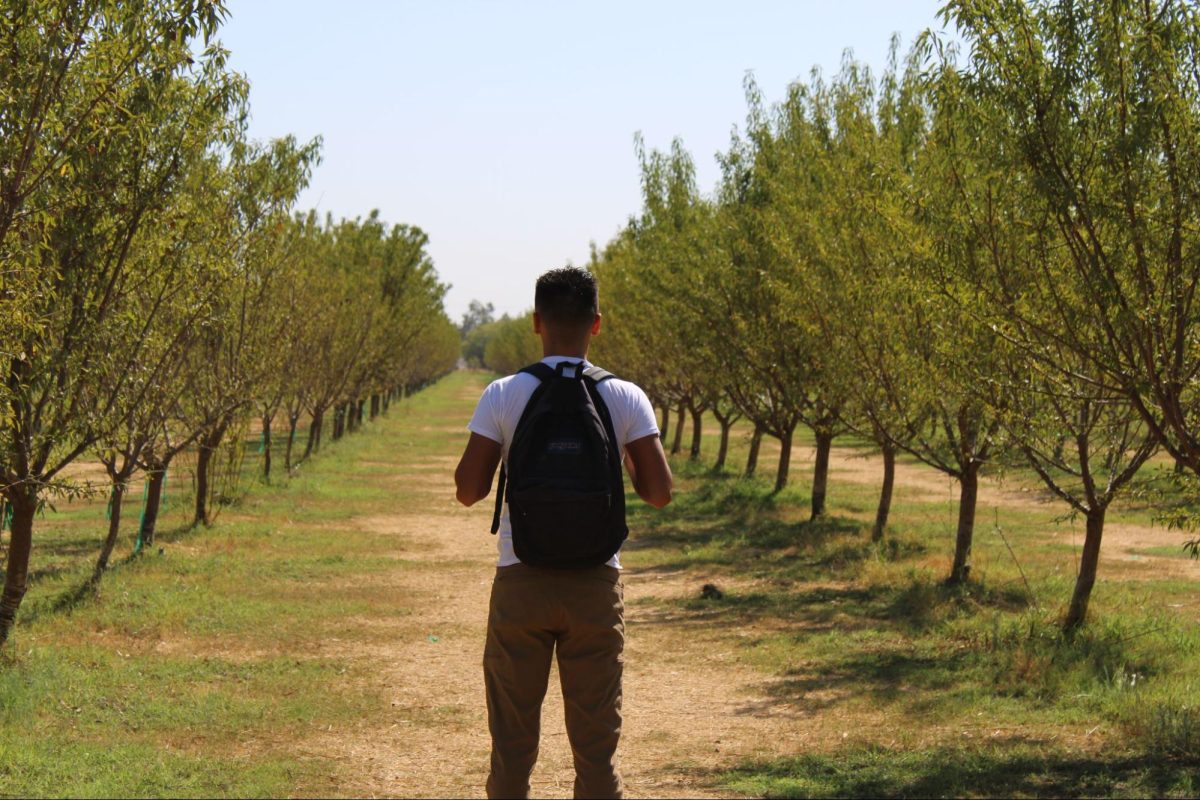
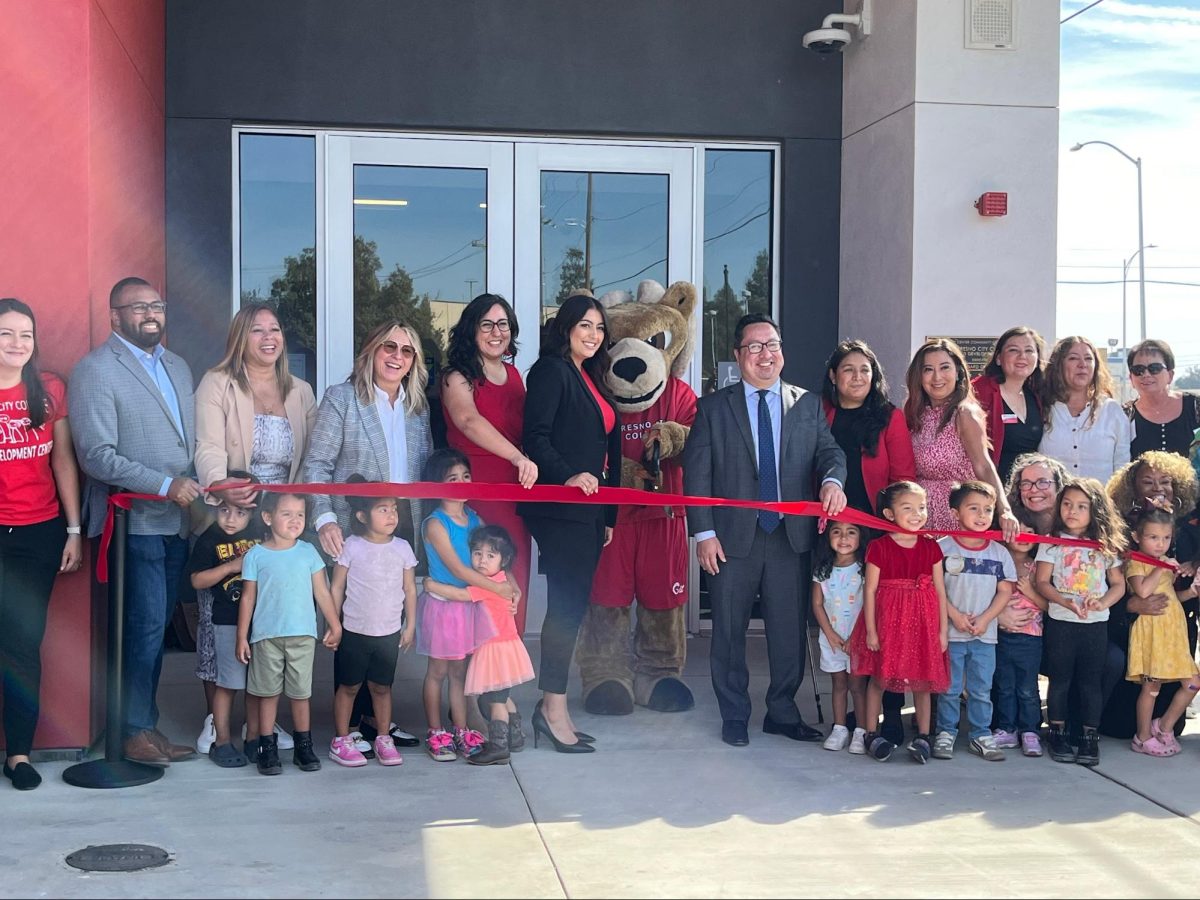
![[File Photo] On Wednesday, Feb. 19 Ed Madec coached what could be his final game as the Ram's head coach against the Reedley Tigers. Madec is currently under investigation for possible violations of CCCAA regulations.](https://www.therampageonline.com/wp-content/uploads/2020/03/Madec-900x600.jpg)

